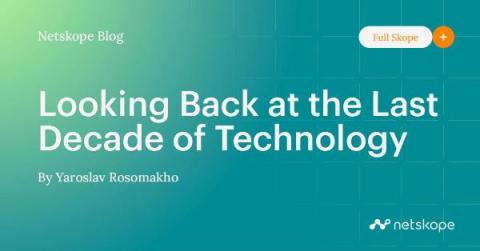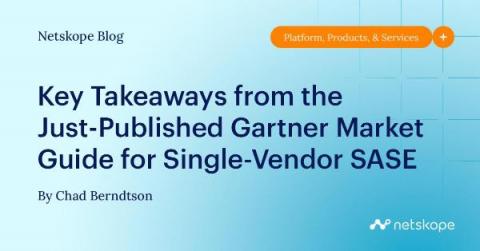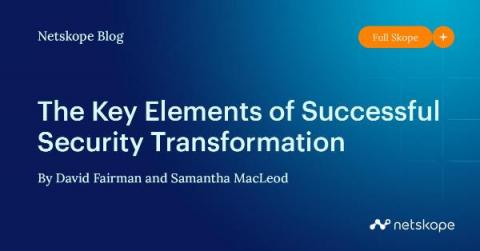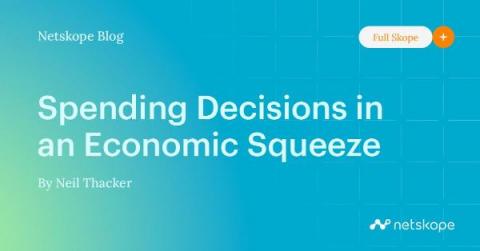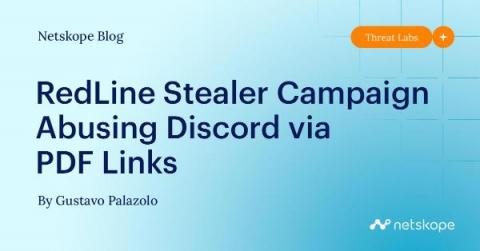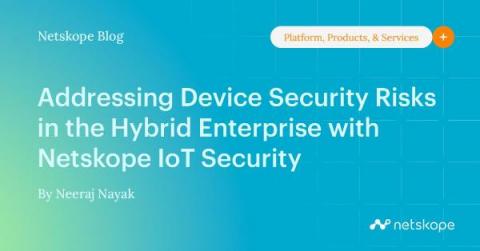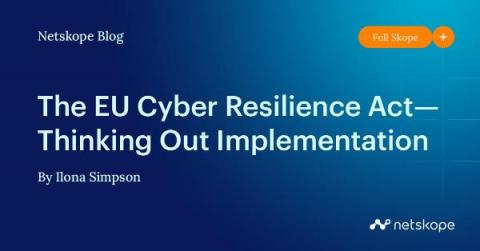Looking Back at the Last Decade of Technology
Here at Netskope we are celebrating our 10th anniversary this month, but while our story over that decade is very cool, any blog about it will be of limited interest outside of our own employee base. I wanted to add a different lens to our internal observations and so I started to refresh my memory with research into exactly what went on over those years while we were beavering away to build the best SASE platform in the world.


